By John Perry
Advances in military technology, including tanks, jets, and rockets, are among the popular images of Nazi Germany during World War II. But the reality is that horses pulled two-thirds of the vehicles and supplied 80 percent of the German Army’s motive power. Many memoirs played up panzer attacks, and therefore can be misleading regarding the nature of the army’s mobility.
The research and writing has been mostly about oil and seldom about oats. Yet, Germany’s failure to mobilize led to a reliance on horses, with more than one million still active near the war’s end. One German soldier wrote in his combat memoirs: “Whatever the relative merits of horse-drawn versus motorized transportation, our division was again relying almost exclusively on horses to haul our guns and other equipment by the time I returned to the front in mid-1944.”
How did the mechanized myth spread? It spread because of war propaganda. For example, Nazi propaganda minister Joseph Goebbels censored all newsreel images of Hitler, putting him in a positive light. The same happened with combat footage. Tanks and planes looked more efficient and threatening than horses. Works such as Field Marshal Erich von Manstein’s Lost Victories and Field Marshal Heinz Guderian’s Panzer Leader begrudgingly gave a few lines to horses, the backbone of the German Army. Guderian did concede that companies “working with foot soldiers would do better to remain horse-drawn.”
The United States helped perpetuate this tactical error. Frank Capra’s series Why We Fight, produced during the war, used Nazi footage and showed horses briefly or during ceremonial parades. And where did all the horses go in Darryl F. Zanuck’s The Longest Day? George C. Scott in the film Patton remarks that the Germans had been reduced to using horses instead of motorized vehicles. Many popular films about World War II such as Humphrey Bogart’s Sahara and The Desert Fox with James Mason were set in North Africa where horses could not be used because of sand. Even current television documentaries stress tanks instead of horses.
The use of horses in the German Army tripled by 1939. One veterinarian admitted, “The German Army never considered completely replacing horses with motor vehicles. This was especially true when fuel and rubber shortages grew critical.” Where did Germany find so many horses? Purchases from countries such as Hungary helped. Other sources included occupied countries in Central and Western Europe. Poland supplied up to 4,000 a week. Farmers, along with horses and wagons, were sometimes hired. On the Eastern Front, soldiers looted farms. Many horses, of course, came from German farmers and breeding places, as much as half their stock. Because many peasants disliked losing horses, they sometimes sold weakened ones. Horses too large, under or over age, and even valuable studs served on the front.
The German Army used both warm and cold bloods. Arabian and American thoroughbreds are examples of warm bloods, while Clydesdales and other descendants of the medieval period are cold bloods. Cross-breeding was not that successful. As the war progressed, lighter ones replaced heavier draft horses, causing increased exhaustion. It required 10 to 16 horses to pull heavy field guns. Replacement horses were also marched to the front because only a handful filled needed railroad cars. Wider Russian railroad track gauges hampered supplies for both men and horses and had to be converted to narrower European gauges.
Adolf Hitler hated horses, and so cavalry played a minor role in World War II. The Führer wanted a fully mechanized army, which never happened. German cavalry units were forced to give way to the introduction and refinement of blitzkrieg doctrine and Hitler’s passion for tanks. But cavalry patrols crossed certain types of terrain faster than vehicles. So, by mid-1942, operational cavalry units had been formed by some Army commanders for patrols and missions. Both Poland and the Soviet Union used cavalry. As Field Marshal Manstein grumbled, “A Soviet cavalry division can move in its entirety a hundred kilometers in a night.”
The German Army relied more on horse-drawn wagons to haul supplies, artillery, and for reconnaissance patrols during World War II more than in World War I. Up to 750,000 horses and mules served in Operation Barbarossa, the German invasion of the Soviet Union. The plan to invade England, Operation Sea Lion, involved more horses than vehicles: 57,000 to 34,000. Even Field Marshal Gerd von Rundstedt, commander of German Army Group South at the beginning of the campaign, admitted that the Germany Army in 1941 relied on divisions that moved by foot or horse-drawn vehicles. On the other hand, around 80 percent of Soviet transportation was on wheels. The so-called German blitzkrieg soon slowed because horses trailed behind panzers and often clogged roads.
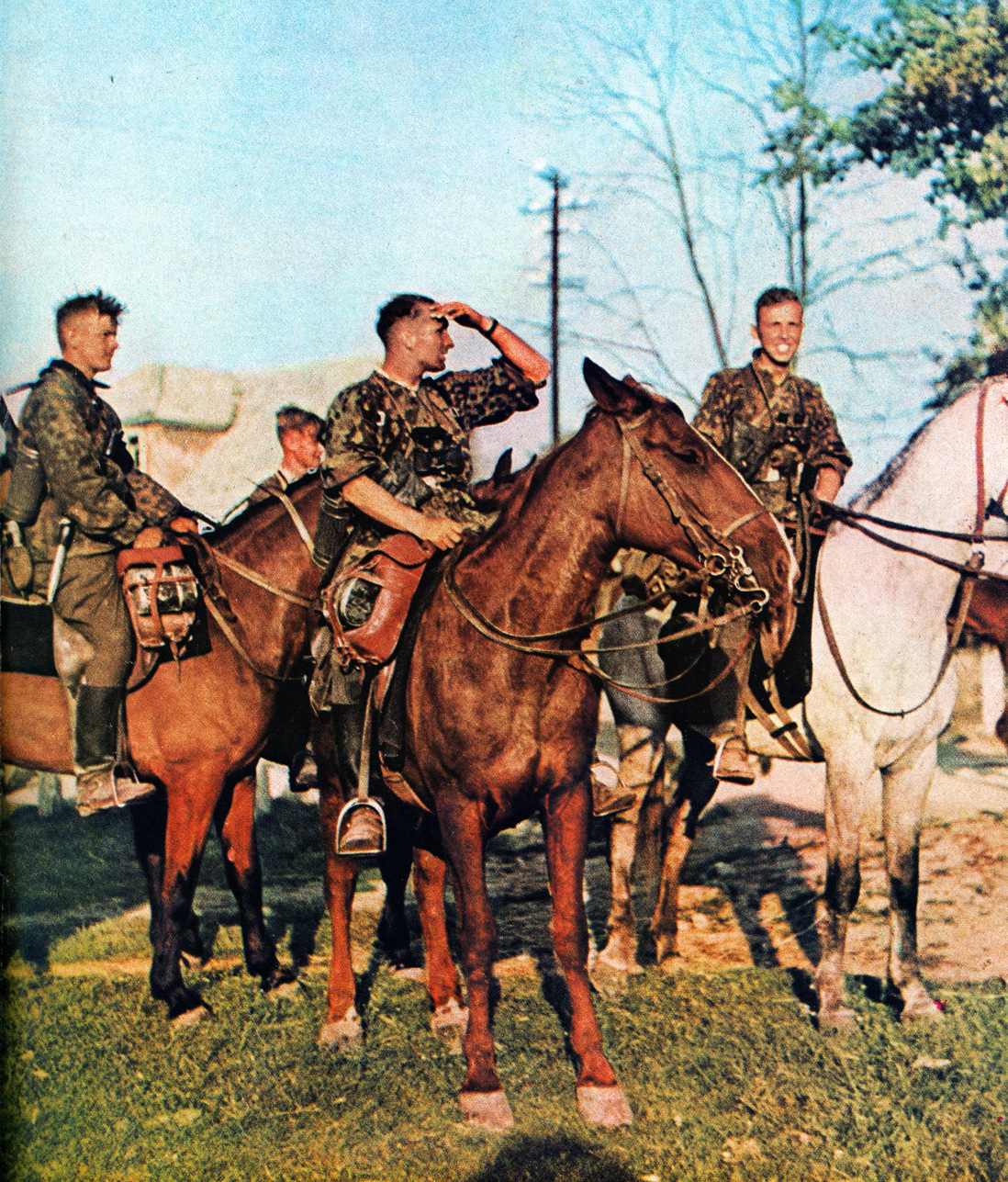
Horses died on the battlefields at the rate of 1,000 each day. They died from wounds, exhaustion, exposure to the elements, and starvation. Fatal wounds were caused by shell explosions, fires, bullets, and hand grenades.
One gunner remarked, “Our route is lined by dead horses that have broken their legs or collapsed through sheer exhaustion.” A German general echoed that the battlefield “was a fantastic sight … full of dead horses … some horses were only half dead, standing on three frozen legs, shaking the remaining broken one.”
The Soviet Union, of course, depended on horses for agriculture. But their number of horses also dropped from 21,000,000 in 1940 to 7,800,000 in 1943. Such losses foreshadowed later economic shortages.
Ironically, the same Nazi regime that abused horses had called animals their comrades and passed the Law on Animal Protection in 1933. Hitler professed compassion for all dumb creatures and promised a prison sentence for “rough mistreatment” of animals. Luftwaffe chief Hermann Göring threatened to “commit to concentration camps those who still think they can continue to treat animals as inanimate property.” Old and sick domestic animals had to be painlessly put to death. Even SS chief Heinrich Himmler got in the act, saying, “Nature is so marvelously beautiful and every animal has a right to live.”
Although war horses offered many advantages over motorized vehicles in forests and in low-lying, marshy regions, they also could be killed, moved slowly, and needed feed and water whether active or not. They slept at night—and liked to stand. Most could not march more than 15 or 20 miles per day. Heavy draft horses made good targets for plane attacks. Horses were also sensitive to cold climates, particularly below zero temperatures, and suffered from frostbite and mange, a disease in which mites burrowed under their skin. This forced veterinarians to isolate them because it could spread. Dampness after sweating caused colds and pneumonia. Whenever one harnessed horse died, the entire team became immobilized.
Feeding horses created enormous logistic problems. According to the World War I plan, they could not operate more than 25 miles from a railhead before fodder supplies started to require more space than Army equipment such as rifles and ammunition. Yet, in World War II some infantry drifted 90 miles from the nearest railhead.
It was estimated that horses needed 53 tons of food each day in a normal division. Those in German Army Group A during World War I ate nearly 1,500,000 pounds of fodder a day that filled 97 railroad cars. Large individual horses could consume nearly 20 pounds a day. During one summer month alone in 1941, Germans took 112 tons of oats and 768 tons of hay from Russian farms. Starved soldiers were even tried for eating oats. Hungry horses gnawed at everything from walls to wooden beams and tree trunks. Their cotton feed bags also rotted, and roughage often arrived moldy.
Hitler planned to defeat the Soviet Union in the winter of 1941, but he mismanaged and mistimed the offensive, opposed by most generals who feared a war on two fronts. Hitler ignored terrain and weather, meddling in the military, arguing, and losing precious time. Seventy percent of German forces moved on foot. Colonel General Franz Halder predicted that each infantry division needed 4,500 horses and 2,000 horse-drawn wheeled vehicles. But the obstinate Hitler ignored advice.
The German battle of annihilation against the Soviet Union succeeded at first. German units advanced nearly 500 miles into Soviet territory along a front of nearly 1,000 miles, but soldiers ignored horses that coughed from dust, bolted from shell explosions, and died from exertion and heart attacks. One soldier wrote about the endless wasteland: “There is no rest. Always the same advance through treeless plains, in thick clouds of dust along endless roads, column after column, horses, rider and artillery like ghosts.”
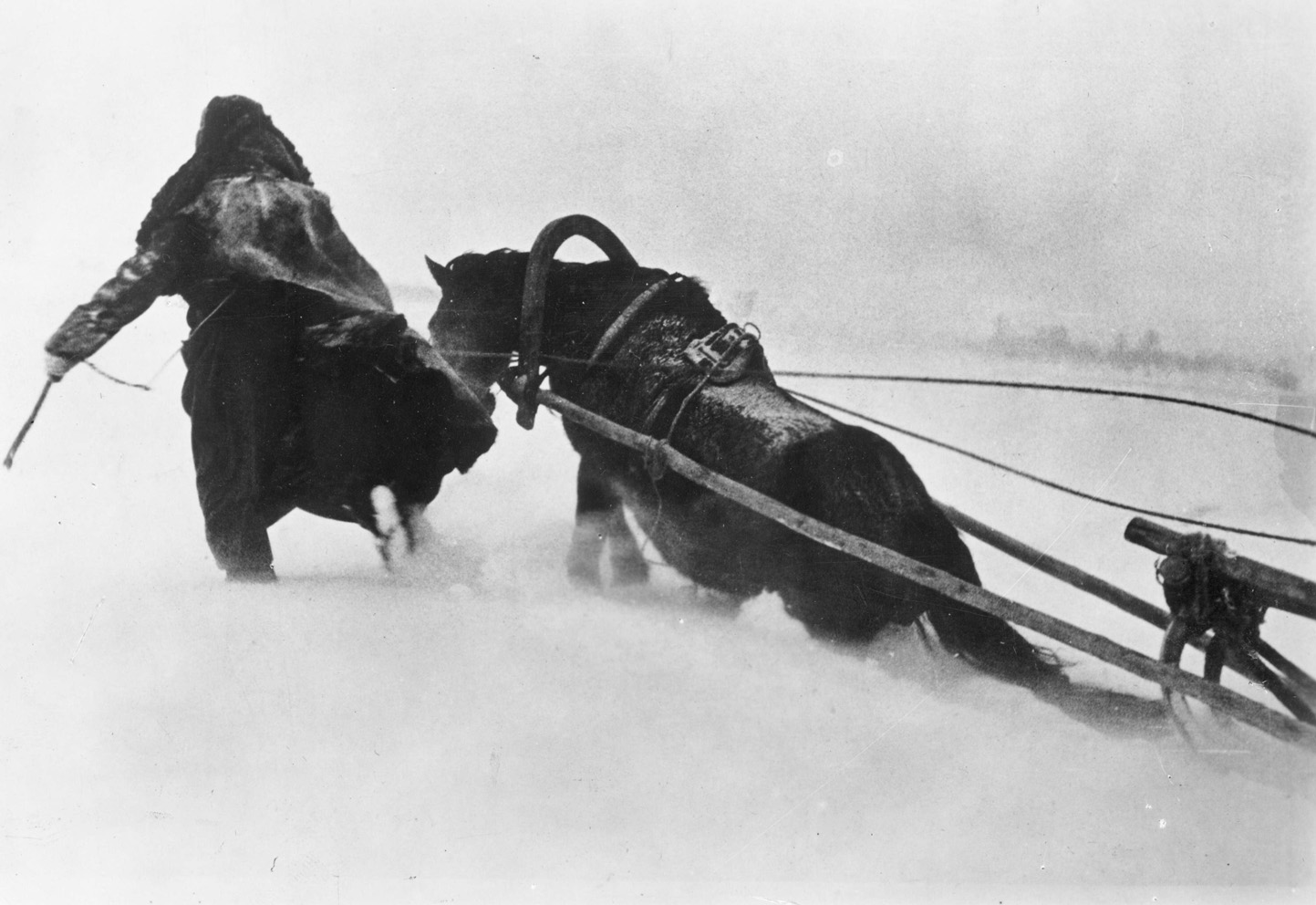
Rains fell during the summer. “Yesterday it began to rain and it hasn’t stopped yet,” wrote one soldier late in July. “It’s enough to make you desperate.” By late September he added, “The rain is depressingly regular.” Autumn rains, of course, caused flooding. The winter was worse. One soldier who praised “our dearly beloved Führer,” called it “terrible hard,” and said that snow was so deep that “animals sink up to their rumps in the drifts.”
Winter ravaged the Eastern Front. Guderian noted, “During the night of October 6-7 [1941], the first snow of the winter fell. It did not lie for long and, as usual, the roads rapidly became nothing but canals of bottomless mud, along which our vehicles could only advance at snail’s pace and with great wear to the engines.” The few navigable roads, mostly dirt and sand, became mush that rose to the knees. Trucks with low ground clearance and tanks with narrow tracks got bogged down. It took teams of up to 36 horses to pull tanks and heavy guns from the mud. Field Marshall Fedor von Bock wrote in his diary, “The situation is enough to drive one to despair [and] it is hard to recognize the men, horses, and vehicles as a military column under their crust of dirt.”
Conditions worsened as troops advanced deeper into Russia because frost and winter came earlier than expected. Mud froze. Temperatures dropped to 40 to 50 degrees below zero. Vehicles skidded over brittle ice-covered roads that caused horses, many of which lacked winter shoeing, to stumble, fall, and break legs. Snowdrifts hid trails, villages, and trenches. Guns jammed. Radiators froze. Many locomotives became useless because of gauge differences and fuel mixture. Spare parts for about 2,000 different kinds of vehicles could not reach the front. Fog and blizzards prevented air support.
Freezing weather numbed and killed thousands of tormented men. As von Bock put it, “We are as good as cut off from the outside world [because of the] blowing snow and heavy drifting [and] inadequately-fed horses.” One soldier remembered, “Our trucks and vehicles would not start, and our horses started to die from the cold in large numbers for the first time; they would just die in the bitter cold darkness of the night, and we would find them dead the next morning.”
Besides food, horses needed harnesses, watering gear, and horseshoes. They also required about 5,000 veterinarians during the war. Special trains transported horses, six per rail wagon and up to about 350 on each 55 wagon train. In the field, veterinarian companies followed combat units and tried to maintain covered stations. Signs marked these areas. If horses were not treated immediately, they died, got stolen, or were even slaughtered.
Severely injured horses were evacuated by rail or truck to field hospitals that became swamped with several thousand at a time. Their anticipated capacity was 50. This caused chaos. One diarist wrote about an exhausted veterinarian: “He not only had to ride all day, but had to care for the horses who needed his attention at night. He was getting so little sleep at night that I often saw him sleeping on his horse as we marched during the day.
Some vets tried to replace larger horses with small mongrel ones called panjes (peasant) with hard hoofs that pulled sleds with wide runners. These were immune to many diseases, endured cold temperatures, and survived on everything from birch twigs to the thatched roofs of farm huts. These animals hauled farm vehicles called troika. However, their slower gait tired riders, and they could not pull heavy artillery on steel wagons.
Although many horses were evacuated on trains, others were slaughtered by troops and civilians who reported them lost during enemy fire. One soldier asked, “Can you imagine people flinging themselves at an old horse corpse, tearing open the head and swallowing its brain raw?” Another soldier reported, “This evening we cooked up some horses again. You will have to imagine how it tastes, without salt or any other seasoning, and when the animal gave up the ghost a month ago and has been lying under the snow ever since.” Starvation relentlessly stalked the German Army as it began its slow but steady retreat toward the Fatherland.
A Russian remarked, “The horses have already been eaten. I would eat a cat…. The soldiers look like corpses or lunatics, looking for something to put in their mouths.” Another observed, “The worn-out horses could hardly move; many fell and could not get up. These the drivers killed; then and there on the ice they cut them to pieces and sent the meat to the city.” One Polish soldier remembered famished people running into the street and butchering a dead beast within minutes. He helped a girl carry home a leg. But it got so cold that it took hacksaws instead of knives to cut the frozen meat.
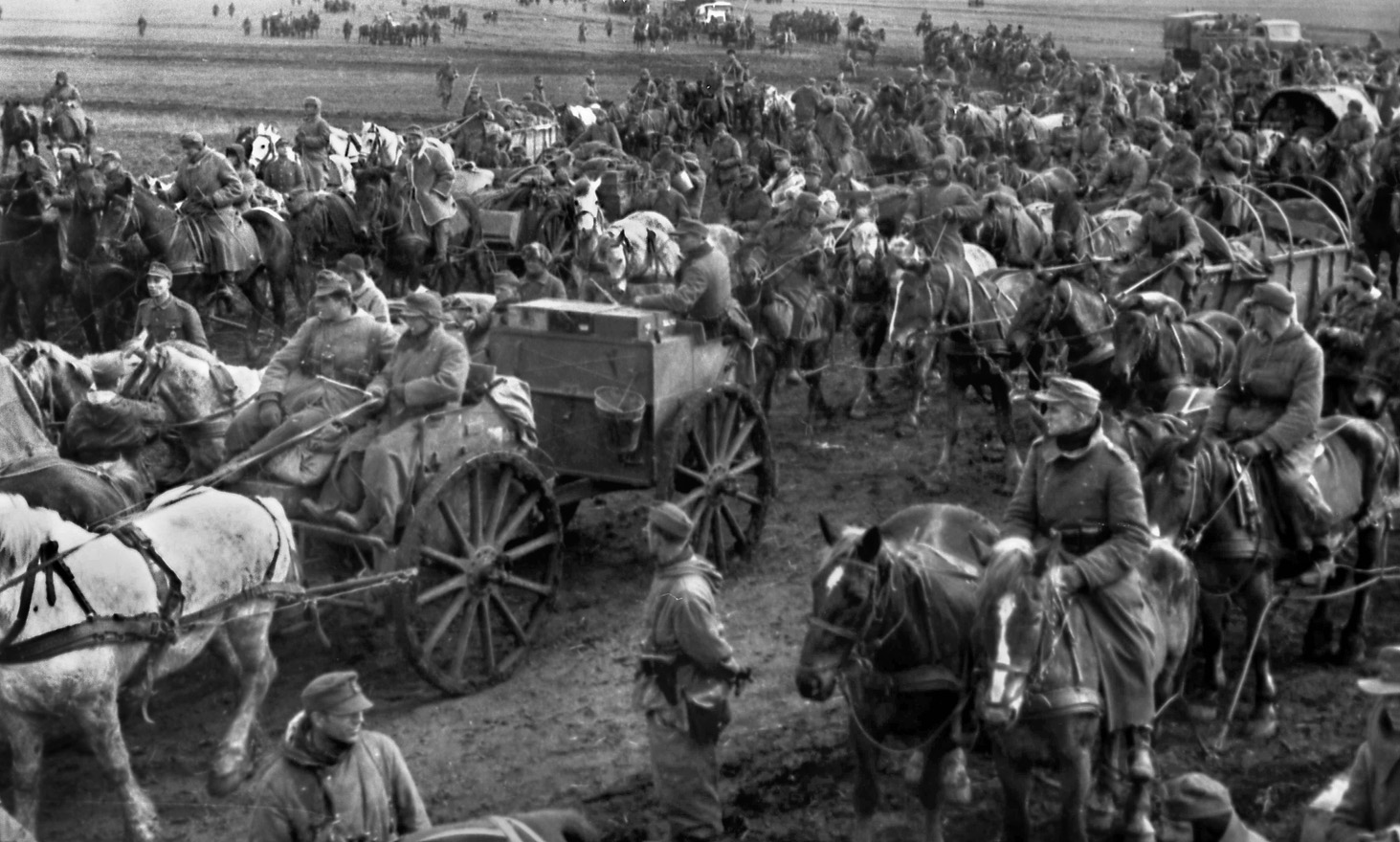
At times, German units moved only five miles a day. Vehicles wasted fuel, got stuck in snowdrifts, and became dependent on horse-drawn sledges. “The troops hauled and pushed, the horses sweated and strained, our legs in black mud up to the knees,” wrote a soldier.
Slush stopped road movement. The Soviets, meanwhile, blew up bridges and railroad tracks, hindering needed supplies for troops and horses. “It is a huge effort to push on in these conditions,” recorded a German soldier. “Our route is lined by dead horses that have broken their legs or collapsed through sheer exhaustion.” As one German infantryman observed, “Our poor horses are being pushed to the very limits and are suffering horribly. We can no longer offer them straw to lie on or hay to eat. They get ice-water to drink and have to nibble on small branches we gather from the forest. At night they have little shelter from the freezing cold, often having to lie with their bellies in the icy snow.”
Many horses died from starvation, wounds, and air attacks. General Eduard Wagner reported, “Situation is particularly difficult north of Moscow…. Horses—situation very serious; distressing lack of forage.” He also noted that only 50 to 60 percent of load-carrying vehicles were running. The Soviets tore off chunks of frozen meat from horse corpses and roasted heads over flames. A Soviet prisoner remembered “shreds of bodies scattered along a street, water-filled grave ditches, burnt-out huts and charred and scorched animals.”
Without antifreeze and lubricating oil, trucks stalled, automatic weapons jammed, steam engines froze solid. Siberian cavalry patrols on shaggy ponies and fierce Cossack troops on horses with raised, glinting sabers startled German soldiers as they galloped through the snow. Planes remained grounded because of ice and fog. Unwashed, huddled men froze to death on snow-covered fields soaked with blood and burning bodies. Some died with their horses. One lieutenant saw corpses waist deep in snow frozen to death. Other dead soldiers were slumped forward in saddles or wedged between two horses. One leaned against his horse’s flank.
As World War II dragged on, the German Army became even more dependent on horses. One German staff officer admitted, “At times [horses] are the last and only thing we can rely on. Thanks to them we made it through the winter, even if they died in their thousands from exhaustion, lack of fodder and their tremendous exertions.”
A veterinarian officer also remarked, “In spite of Hitler’s marked opposition to horses, the number of horses serving with our forces in the East grew steadily as the war went on, an indication that the use of horses was a compelling necessity.”Horse-drawn supply columns were crucial to keeping the German Army supplied in Russia, particularly in the winter.
Some German soldiers bonded with their horses. One major wrote, “The [drivers] would keep the horses behind houses at night, and strap blankets on them as well, to try to shelter them from the wind. The horses had winter coats of fur, which helped them, although a few of them died at night from the cold.”
It could take several hours each evening to care for a horse. Another soldier wrote, “In all the many months [Siegfried] has been my comrade, my protector; he has carried me out of trouble many times; he has listened for me and warned me of any danger. I had always relied upon him in a thousand and one situations. I had cried on his shoulder when I was in despair, and he had even made me laugh at some of his antics. He had never complained when I had nothing to give him, not even water. To me he had not been ‘just a horse,’ he had been my best friend, a friend in a thousand, full of warmth and understanding.”
Both men and beasts struggled to survive during World War II. “Man becomes an animal,” one writer lamented. “The battle returns here to its most primeval, animal-like form.” Several million Germans and around 1,500,000 horses died. But as von Manstein said, “The personal element obviously did not interest Hitler in the least. To him human beings were merely tools in the service of his political ambitions.”
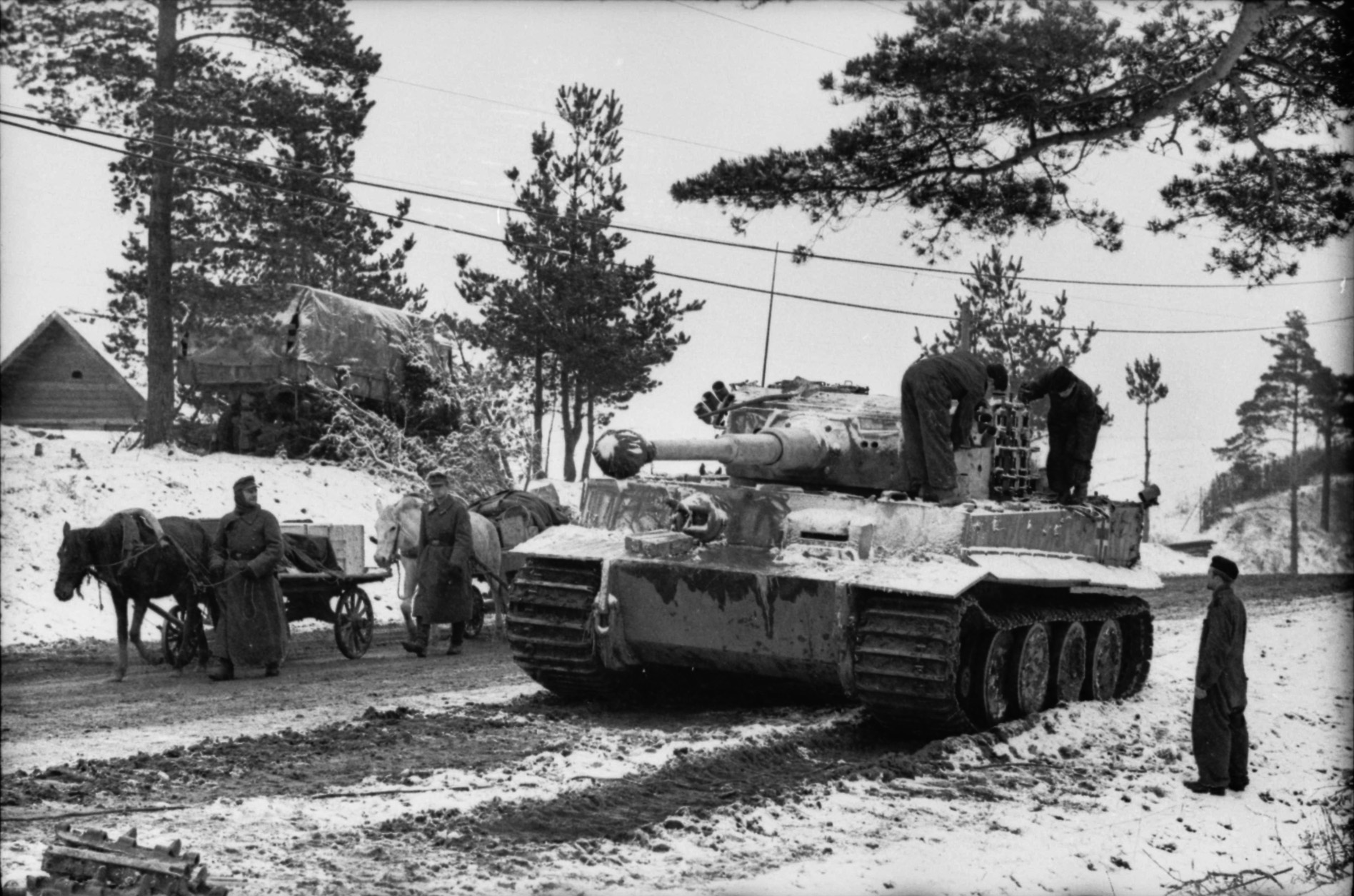
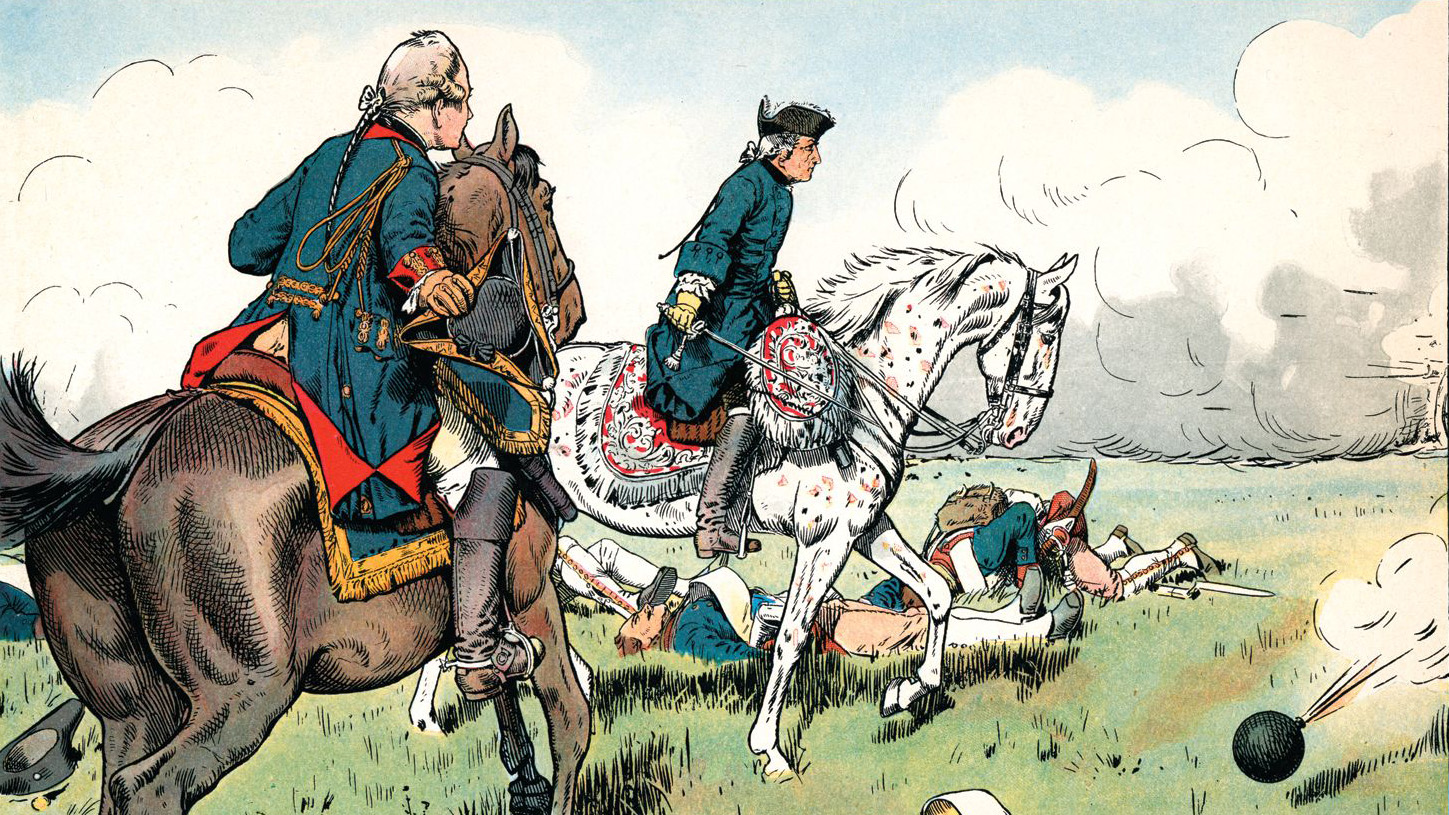
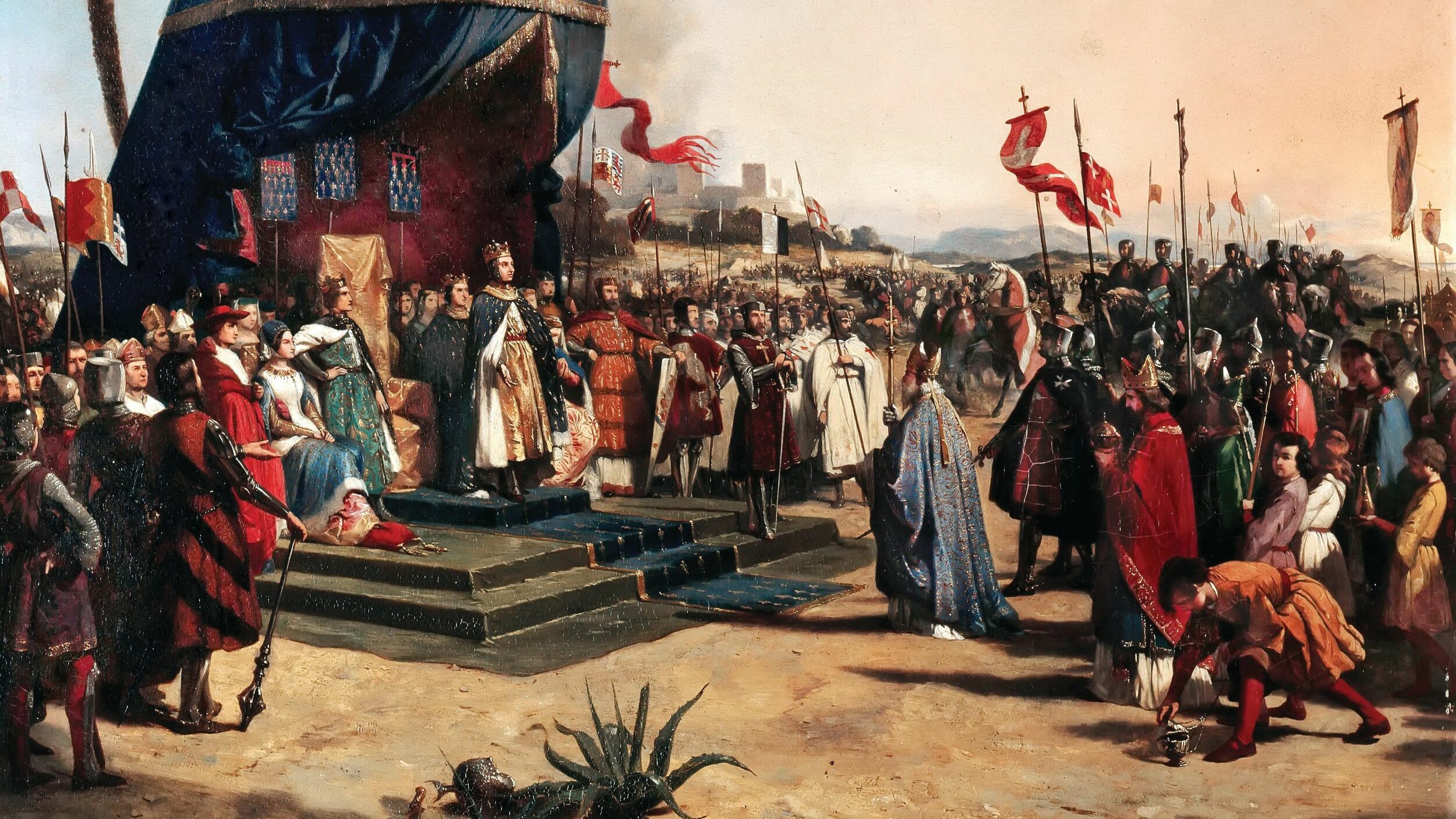

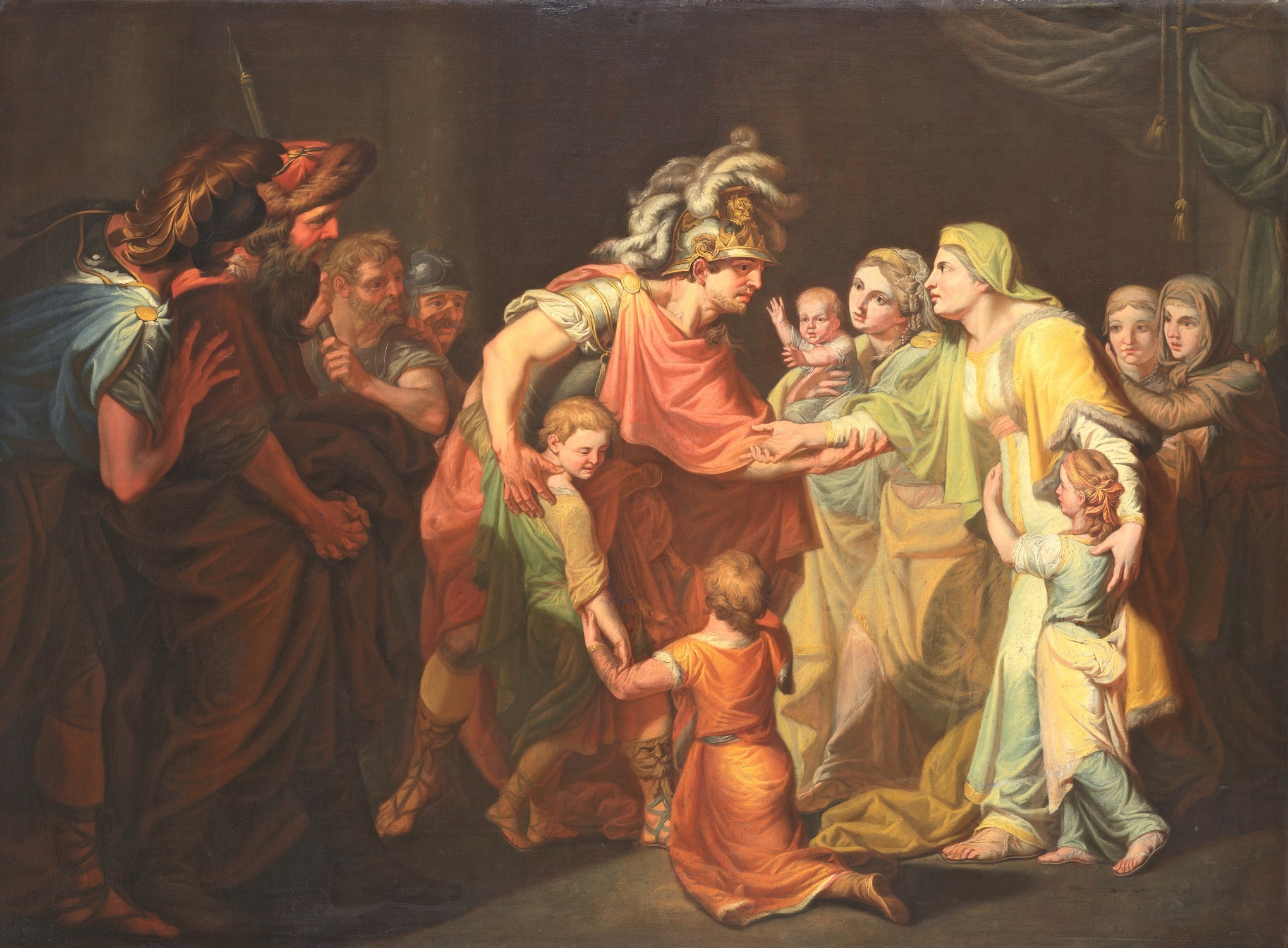
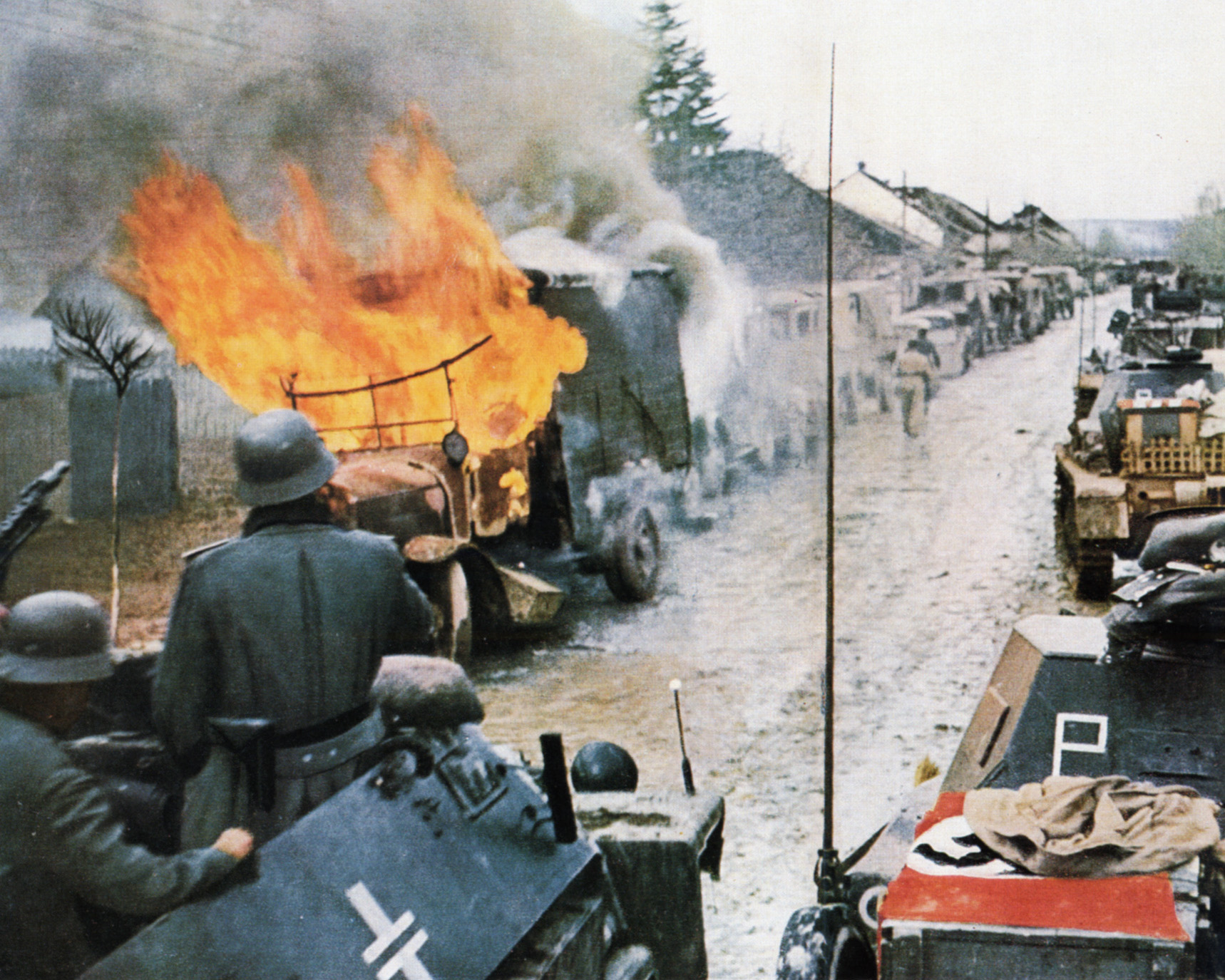
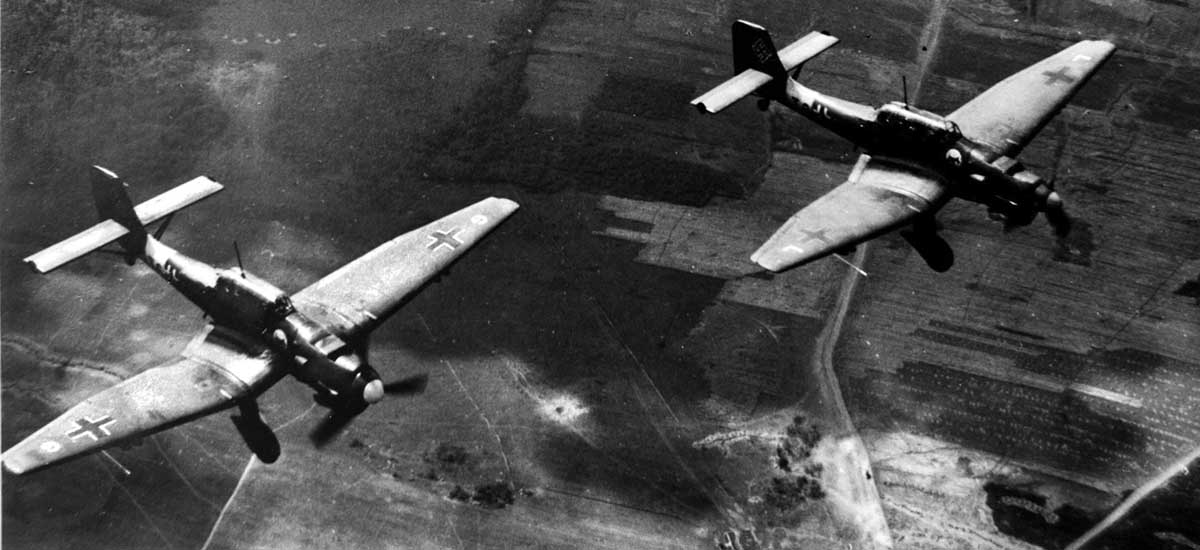
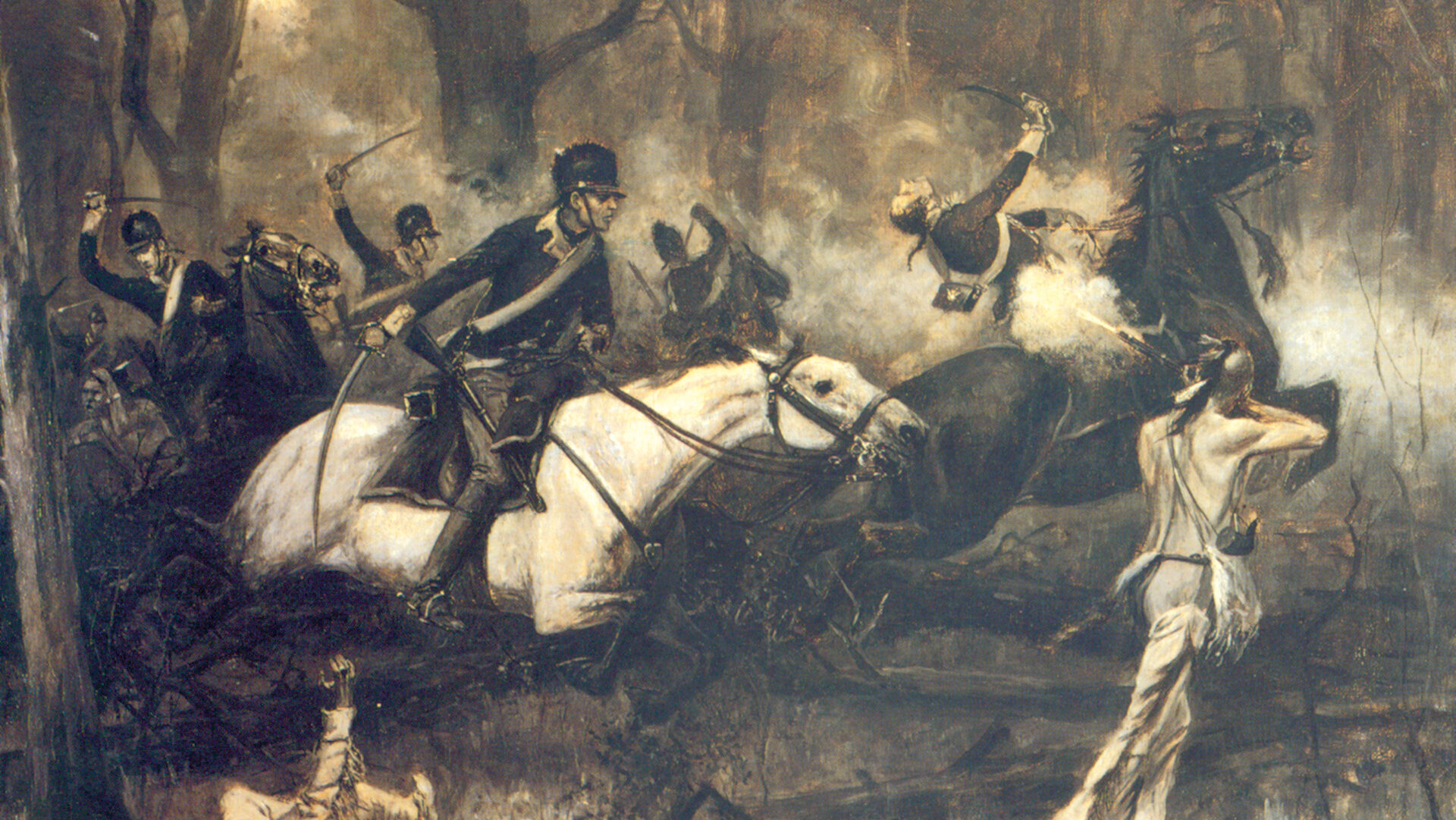
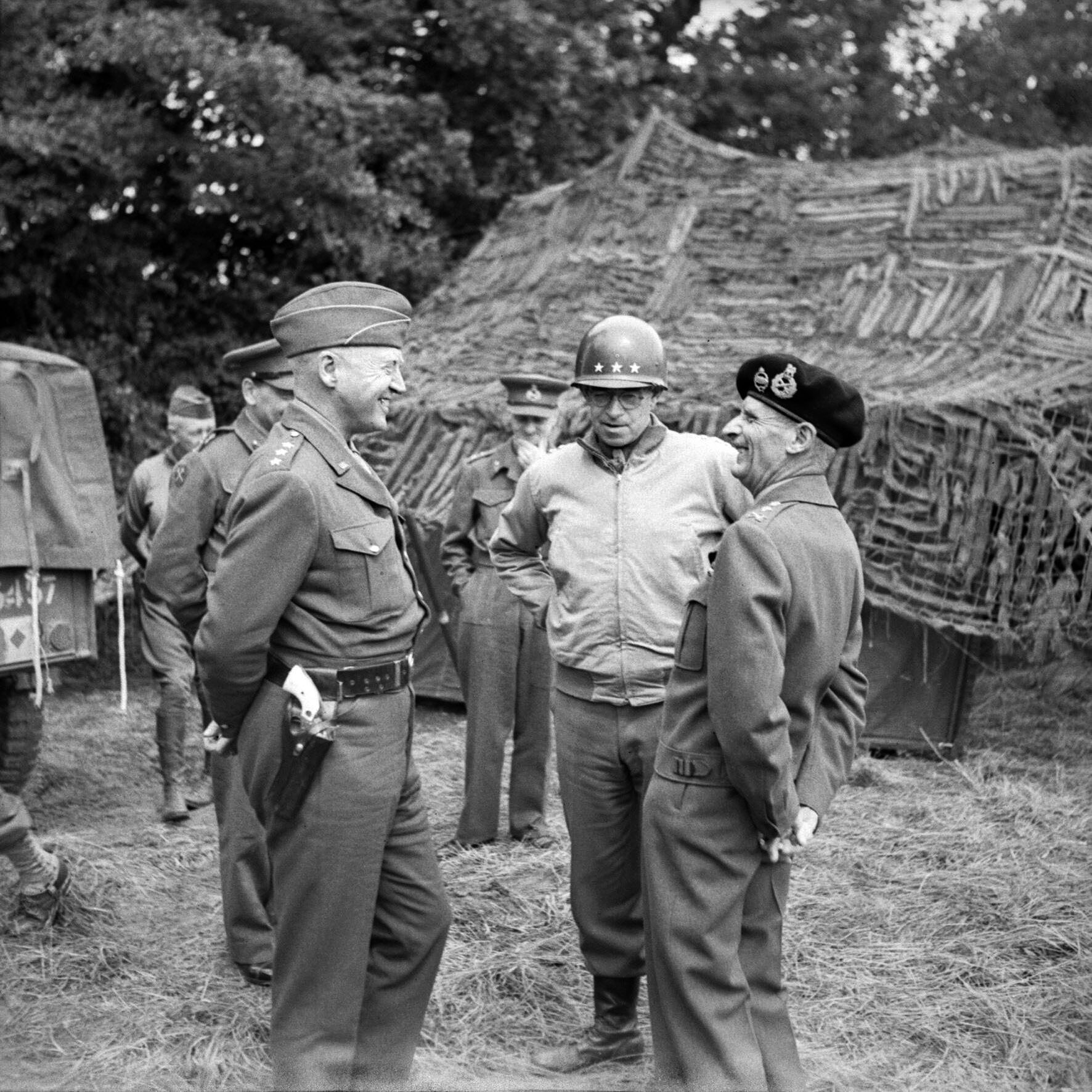
Join The Conversation
Comments
View All Comments